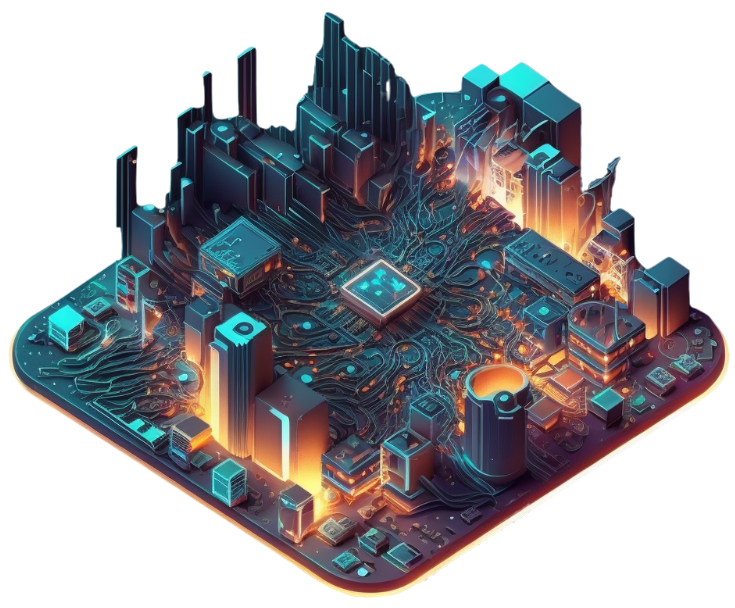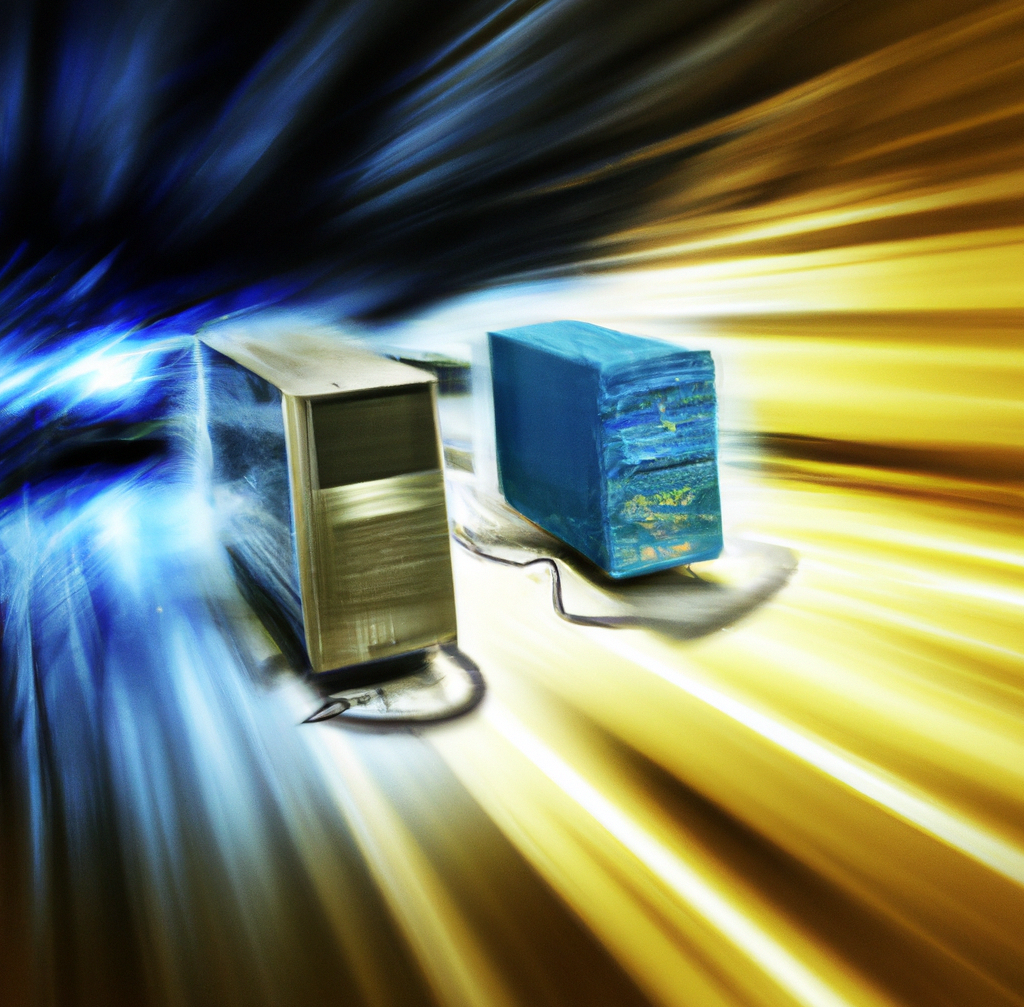Single Board Cluster Competition
ChatGPT: Welcome people to the SBCC website
Welcome to the Single Board Cluster Competition for students, where efficiency is the key to success! In this competition, we challenge you to create the most efficient single board computer cluster that can perform complex tasks while using the least amount of power and resources.

Midjourney: Circuit board isometric concept, aspect ratio 1: 1
When and where
Date:
April 18th - 20th 2024
Place:
9836 Hopkins Dr, La Jolla, CA 92093
University of California, San Diego - SDSC Auditorium
Cluster Requirements
To ensure a level playing field for all participants, the competition has a few rules and requirements. Participants are not allowed to use Apple M1, M2 and M3 processors, and their clusters must have a minimum of 4 sockets. MPI is required, and there is a power limit of 250 watts and a cost limit of $6,000.

Dall-E: Super fast computers competing
Benchmarks
Participants will be required to run several benchmarks to showcase the performance of their clusters. You can find more information about these benchmarks and their requirements on their respective websites.
HPL
A Portable Implementation of the High-Performance Linpack Benchmark for Distributed-Memory Computers
HPCG
HPCG is intended as a complement to the High Performance LINPACK benchmark. HPCG is designed to exercise computational and data access patterns that more closely match a different and broad set of important applications.
Intel(R) MPI Benchmarks
A set of elementary benchmarks that conform to MPI-1, MPI-2, and MPI-3 standard.
Mystery application
A mystery application that will be revealed at the competition.
What is a SBC Cluster?
A Single Board Computer (SBC) cluster refers to a group of single-board computers that are interconnected to work together as a unified computing system. Each single-board computer is a complete computer built on a single circuit board, typically with a processor, memory, storage, and various other components. When these SBCs are connected in a cluster, they can collectively perform tasks that would be challenging for a single board to handle alone. Clustering allows for parallel processing, where multiple computers work on different parts of a task simultaneously, potentially speeding up computation.
This is an excellent opportunity to gain hands-on experience with HPC, enhancing technical skills and preparing for industry challenges.
Frequently Asked Questions
We will be updating this section with more questions and answers.
Ready to sign up?
Everyone is welcome to join the competition, and be part of our community!

